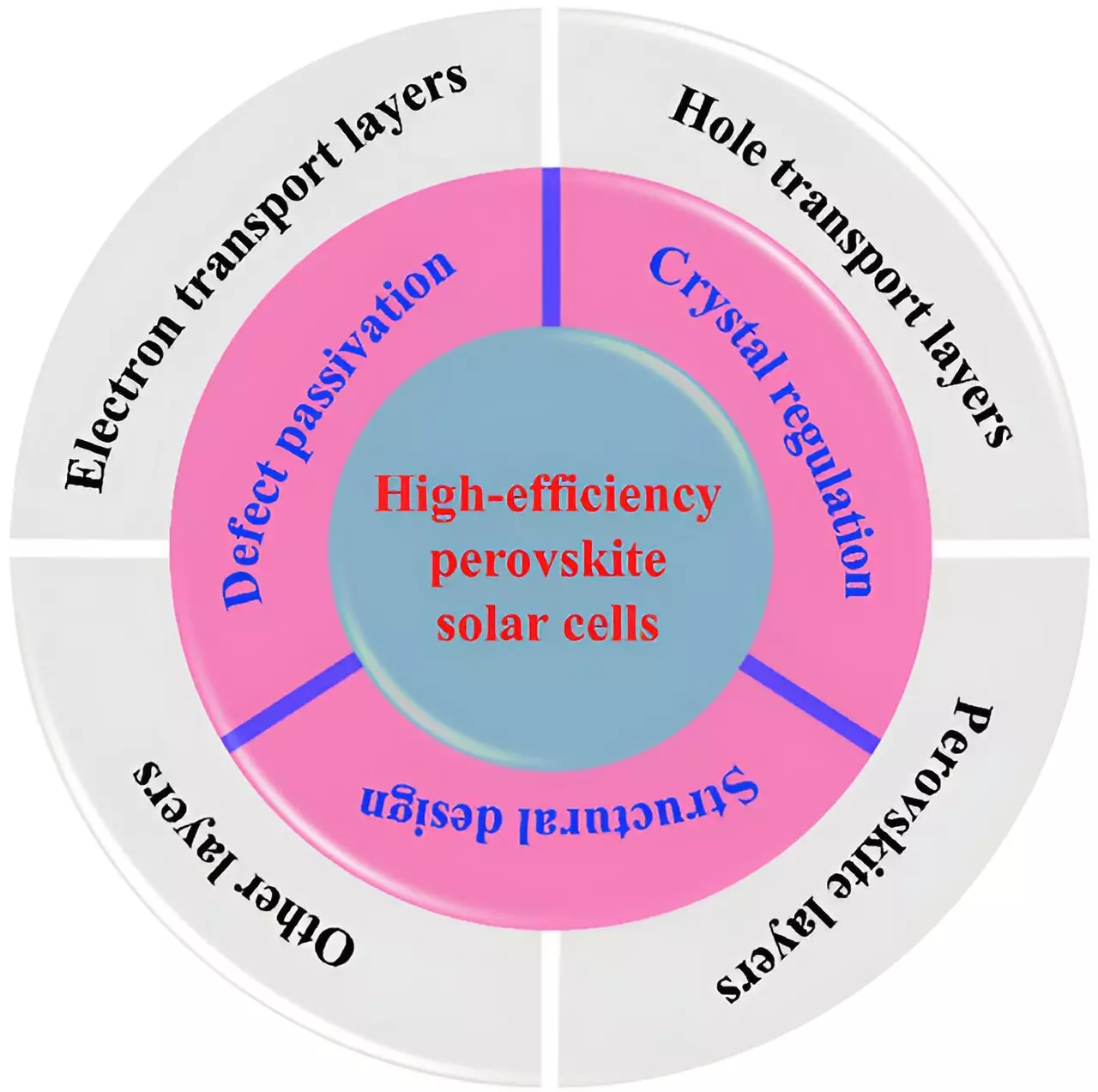Solar energy has been widely recognized as a sustainable and environmentally friendly source of power. With the increasing demand for renewable energy sources, researchers are constantly looking for ways to improve the efficiency of solar panels. One promising avenue of research is the development of high-efficiency perovskite solar cells. These cells have shown great potential in terms of energy conversion and cost-effectiveness, making them a viable option for the future of solar energy technology.
Perovskite solar cells are a new type of high-performance solar cell that have demonstrated efficiency rates exceeding 26% in laboratory conditions. These cells have several advantages over traditional silicon solar panels, including lower cost, flexibility, and scalability. The use of metal halide perovskite in the cells allows for efficient light absorption and energy conversion, making them a promising candidate for large-scale solar energy applications.
While perovskite solar cells show great promise, there are still challenges that need to be addressed in order to make them a standard in the industry. One of the main challenges is improving the efficiency of these cells beyond the current levels. Researchers have identified preparation process-induced defects and unsuitable band structures as the main causes of low efficiency in perovskite solar cells. By focusing on strategies like crystal regulation, interface passivation, and structural design of component layers, it is possible to overcome these challenges and further increase the efficiency of these cells.
In addition to improving the efficiency of perovskite solar cells on their own, researchers are also exploring the potential of combining different types of solar cells to create tandem solar cells. These cells can work together to break the efficiency limits of a single type of solar cell, leading to even higher energy conversion rates. By optimizing fabrication methods for larger components and addressing issues related to stability and tolerance to defects, tandem solar cells could play a crucial role in the future of solar energy technology.
Perovskite solar cells hold great promise for the future of solar energy technology. With their high efficiency, low cost, flexibility, and scalability, these cells have the potential to revolutionize the solar energy industry. By focusing on specific research directions, such as crystal regulation and interface passivation, researchers can further improve the efficiency of perovskite solar cells and make them a standard in the commercial market. With ongoing research efforts and advancements in technology, the future of solar energy looks brighter than ever.


Leave a Reply